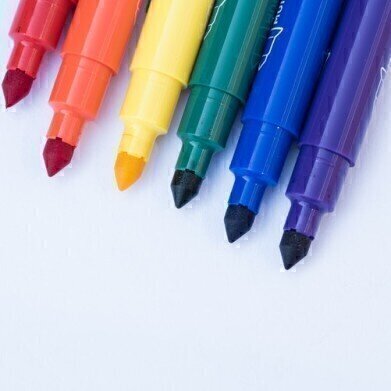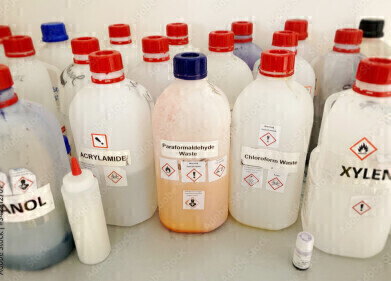Supercritical fluid (SFC), Green Chromatography
How Have Felt Tip Pens Changed? - Chromatography Explores
Aug 31 2019
There are many different types of marker pens that we use today. Cheap kid’s felt-tips for colouring in. Permanent markers for labelling stone, glass or plastic and dry-erase markers for writing and easily erasing on white boards. They are ubiquitous almost, an object that we don’t really give a second thought to.
But the humble felt tip pen has a rich history behind it and a recent paper published in the Journal of Cultural Heritage has used chromatography to investigate a few of the changes in ink composition. The paper - Disclosing the composition of historical commercial felt-tip pens used in art by integrated vibrational spectroscopy and pyrolysis-gas chromatography/mass spectrometry - investigated and compared pens used by the Brazilian architect Lina Bo Bardi in the 1960s with formulation of more recent felt tip pens to ascertain the changes in formulation.
A brief history of felt tips
Felt tip pens are a relatively simple design. A tip made from porous fibres that are pressed together to make the felt tip and a tube or reservoir to hold the ink, sometimes in an absorbent material. Oh, and don’t forget the cap or it’ll dry out. The first felt tip pen was patented by Lee Newman in 1910 and was a cylinder filled with ink that was connected to a felt tip. A ‘fountain paintbrush’ followed in 1926 that has a sponge on its tip, followed by a patent in 1944 for a ‘marking pen’ that had liquid ink in its handle with a felt tip. Several other designs followed before the modern fibre tipped pen was delivered in 1962 by the Tokyo Stationery Company.
Geared initially as an art item, the pens were soon used in many other situations and applications. There were also changes to the solvents used to carry the dyes, from toxic solvents like xylene or toluene to safer alcohol-based solvents that are used today. The modern fibre tipped pen also incorporates pH modifiers, surfactants, biocides and thickeners amongst other ingredients. All designed to ensure the ink flows smoothly and leaves nothing but the intended mark on the surface.
Who left the cap off?
In the paper referenced above, a team of researchers analysed a set of pens used by a Brazilian architect in the 1960s and compared the results with information about modern fibre tipped pens. The researchers used spectroscopy and chromatography to analyse the ink from the pens. There are many different types of chromatography, the following articles compares two of the main types, SFC-MS versus LC-MS - advantages and challenges.
The work allowed the researchers to identify the dyes used in the 1960s inks and some of the other chemicals in the inks such as the binder and a plasticizer. The team found that some of the older dyes had been replaced by modern lightfast dyes. For example, phthalocyanine blue pigments are used in place of triarylmethane blue dyes of the 1960s.
Digital Edition
Chromatography Today - Buyers' Guide 2022
October 2023
In This Edition Modern & Practical Applications - Accelerating ADC Development with Mass Spectrometry - Implementing High-Resolution Ion Mobility into Peptide Mapping Workflows Chromatogr...
View all digital editions
Events
ACS National Meeting - Fall 2024
Aug 18 2024 Denver, CO, USA
Sep 04 2024 Chiba, Tokyo, Japan
Sep 04 2024 University of Warwick, Coventry, UK
Sep 10 2024 Rockville, MD, USA
Plastics Recycling World Expo Europe
Sep 11 2024 Brussels, Belgium














